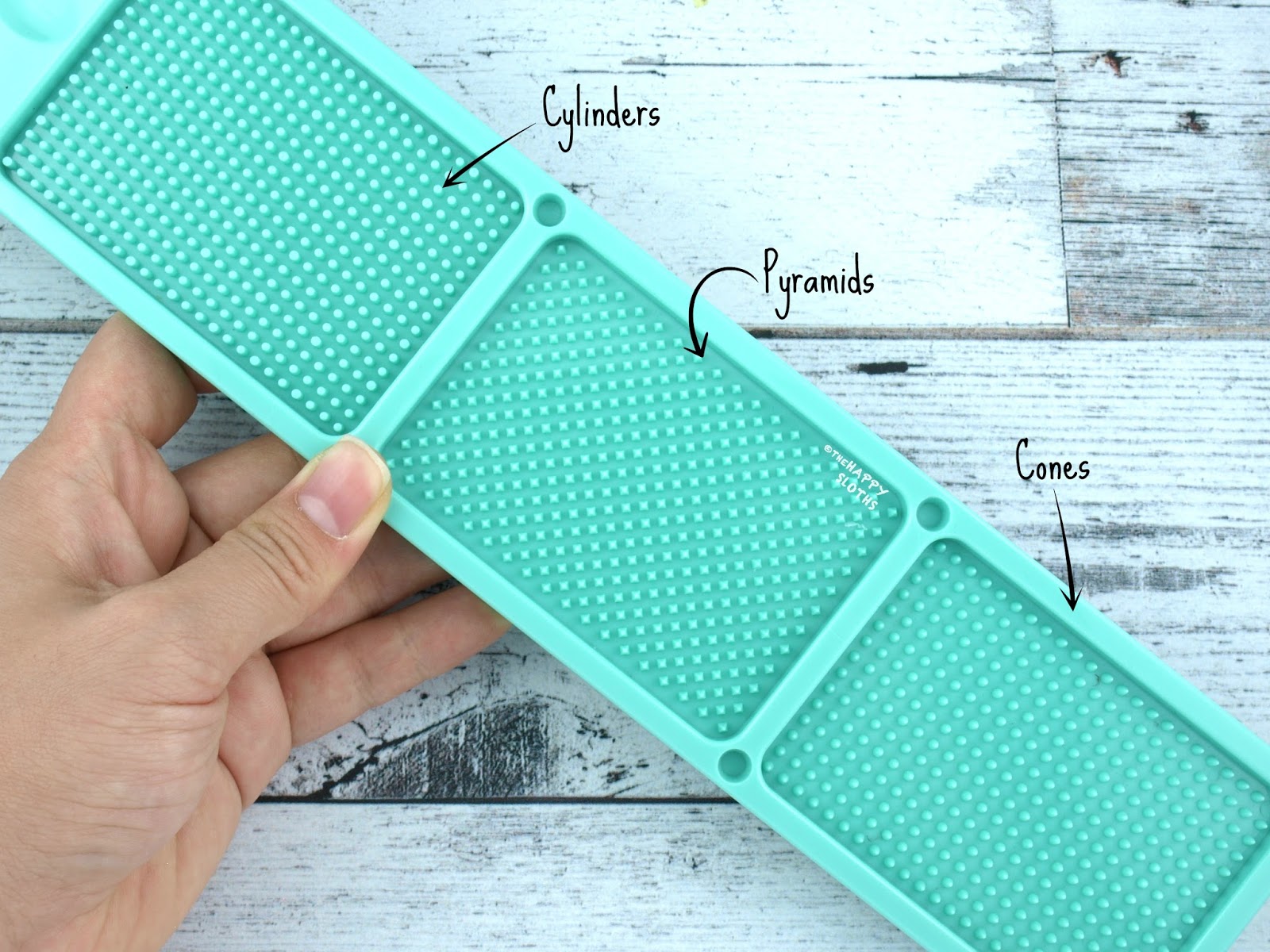

Brush And Board: The Ultimate Guide To Choosing And Using The Right Tools
Brush and board are essential tools for artists, crafters, and DIY enthusiasts alike. Understanding the different types of brushes and boards available can significantly enhance your creative projects. Whether you are a beginner or a seasoned professional, having the right tools at your disposal is key to achieving the best results. In this comprehensive article, we will explore everything you need to know about brushes and boards, from their types and uses to tips for maintenance and care.
Choosing the right brush and board can make a world of difference in your artwork or craft project. The vast array of options available can be overwhelming, but with the right knowledge, you can make informed decisions that suit your specific needs. Throughout this article, we will provide valuable insights into the various types of brushes and boards, how to select the perfect ones, and effective techniques for using them.
Join us as we dive deep into the world of brush and board. By the end of this article, you will be equipped with the knowledge and confidence to choose and use these essential tools effectively in your creative endeavors.
Table of Contents
- 1. Types of Brushes
- 2. Brush Materials
- 3. Brush Sizes
- 4. How to Use Brushes Effectively
- 5. Types of Boards
- 6. Board Materials
- 7. Board Sizes and Dimensions
- 8. Care and Maintenance of Brushes and Boards
1. Types of Brushes
When it comes to brushes, there are numerous types to choose from, each designed for different techniques and mediums. Here are some of the most common types of brushes:
- Flat Brush: Ideal for bold strokes and filling large areas.
- Round Brush: Perfect for detail work and creating fine lines.
- Filbert Brush: A versatile brush that combines the features of flat and round brushes.
- Fan Brush: Great for texture and special effects.
- Detail Brush: Designed for intricate detailing and fine work.
2. Brush Materials
Brushes can be made from various materials, which affects their performance and durability. Here are the main types of brush materials:
- Natural Hair: Made from animal hair, these brushes offer excellent paint-holding capacity and smooth application.
- Synthetic Hair: Made from nylon or polyester, synthetic brushes are durable, easy to clean, and ideal for various mediums.
3. Brush Sizes
Brushes come in a range of sizes, which can significantly impact your artistic technique. Sizes are typically denoted by numbers, with smaller numbers indicating smaller brushes. Here’s a quick reference:
- Small (0-4): Great for detailed work and fine lines.
- Medium (5-10): Ideal for general painting and filling in areas.
- Large (11+): Suitable for broad strokes and large areas.
4. How to Use Brushes Effectively
Using brushes effectively requires practice and technique. Here are some tips for getting the most out of your brushes:
- Always choose the right brush for your desired effect.
- Use a light touch for delicate work and a firmer grip for bold strokes.
- Experiment with different brush strokes to discover your unique style.
5. Types of Boards
Just as brushes vary, so do boards. Different types of boards are available for various artistic applications:
- Canvas Boards: Ideal for painting and easy to transport.
- Wood Panels: Offer a sturdy surface for various mediums.
- Paper Boards: Versatile and available in different textures for drawing and painting.
6. Board Materials
Board materials play a crucial role in the quality of your artwork. Here are some common materials used for boards:
- Canvas: Made from cotton or linen, canvas is highly popular for painting.
- Wood: Provides a solid surface and is great for mixed media.
- Paper: Available in various weights and textures, suitable for drawing and watercolor.
7. Board Sizes and Dimensions
When selecting a board, size matters. Here’s a quick overview of common board sizes:
- Small (8x10 inches): Great for studies or small projects.
- Medium (16x20 inches): Ideal for general artwork.
- Large (24x36 inches): Suitable for expansive works and detailed projects.
8. Care and Maintenance of Brushes and Boards
To ensure longevity and optimal performance, proper care and maintenance of your brushes and boards are essential. Here are some tips:
- Clean brushes immediately after use with the appropriate cleaner.
- Store brushes upright or in a case to maintain their shape.
- Keep boards away from direct sunlight and moisture.
Conclusion
In conclusion, understanding the various types of brushes and boards, their materials, sizes, and proper usage techniques is crucial for anyone involved in artistic endeavors. The right tools can enhance your creative projects and improve your skills. We encourage you to explore different brushes and boards and find the ones that resonate with your style. Don't hesitate to leave a comment below, share this article with fellow artists, or check out more related articles on our site!
Penutup
Thank you for taking the time to read our comprehensive guide on brush and board. We hope you found the information valuable and insightful. Remember, the right tools can significantly impact your creative journey. We invite you to visit us again for more tips, tricks, and resources in the world of art and creativity!
Cabo Strip Clubs: The Ultimate Guide To Nightlife In Cabo San Lucas
Where Is Riley Green From? Discovering The Roots Of The Country Music Star
Exploring Coronado Ferry Center: A Gateway To Scenic Adventures


